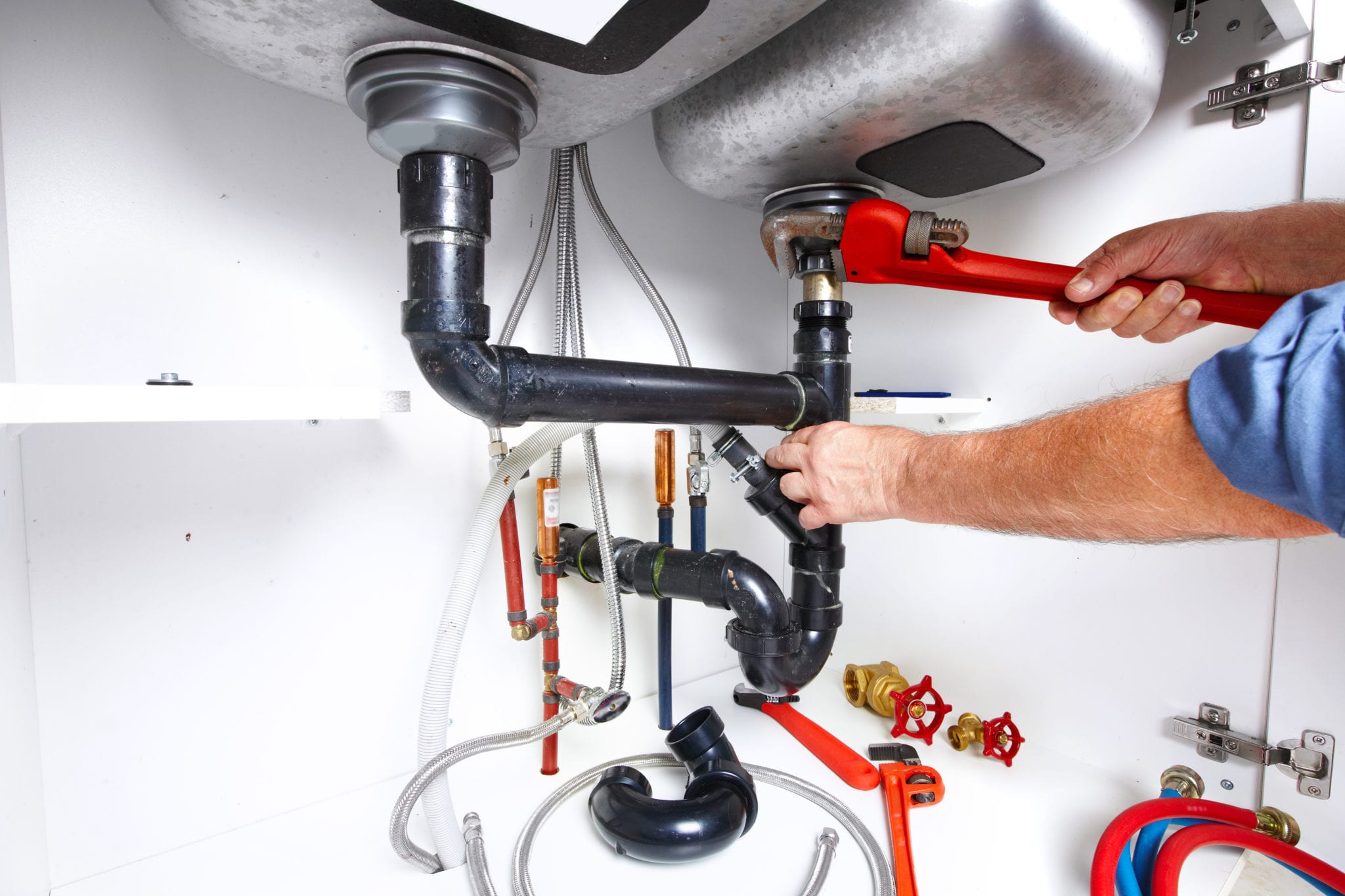6 Ways to Find Concealed Water Leaks in Your Residence
6 Ways to Find Concealed Water Leaks in Your Residence
Blog Article
Listed here down the page you will discover lots of really good material when it comes to Detecting hidden plumbing leaks.

Early detection of dripping water lines can reduce a possible calamity. In addition to conserving you money, it will reduce the stress and aggravation. The minute you find a leak, calling your plumber for repairs is the very best remedy. Some little water leakages may not be noticeable. Right here are some hacks that assist if you can not find it with your nude eyes.
1. Check Out the Water Meter
Every home has a water meter. Examining it is a proven way that aids you uncover leaks. For starters, turn off all the water resources. Make sure nobody will certainly flush, make use of the faucet, shower, run the washing device or dishwasher. From there, most likely to the meter and watch if it will certainly alter. Given that nobody is utilizing it, there need to be no movements. That suggests a fast-moving leakage if it relocates. Also, if you find no changes, wait an hour or two as well as examine back again. This indicates you might have a sluggish leak that might also be underground.
2. Inspect Water Intake
If you detect sudden adjustments, despite your intake being the exact same, it implies that you have leakages in your plumbing system. An unexpected spike in your expense suggests a fast-moving leakage.
Meanwhile, a consistent boost on a monthly basis, even with the same practices, shows you have a slow leakage that's additionally slowly intensifying. Call a plumber to thoroughly inspect your residential property, especially if you really feel a cozy area on your flooring with piping below.
3. Do a Food Coloring Test
When it comes to water consumption, 30% comes from commodes. If the color in some way infiltrates your dish during that time without flushing, there's a leak in between the container and bowl.
4. Asses Exterior Lines
Don't fail to remember to inspect your outdoor water lines too. Test faucets by attaching a yard hose. Needs to water leak out of the link, you have a loose rubber gasket. Replace this and also make sure all links are tight. It will certainly help get it skillfully examined as well as kept every year if you have actually got a sprinkler system. One tiny leak can waste tons of water and increase your water expense.
5. Evaluate the circumstance as well as evaluate
Property owners need to make it a practice to inspect under the sink counters as well as even inside closets for any kind of bad odor or mold growth. These 2 warnings show a leakage so punctual interest is needed. Doing regular examinations, also bi-annually, can save you from a significant issue.
Inspect for discolorations and also deteriorating as the majority of pipes and appliances have a life expectancy. If you believe leaking water lines in your plumbing system, don't wait for it to escalate.
Early detection of leaking water lines can reduce a possible disaster. Some small water leakages might not be noticeable. Checking it is a proven method that aids you uncover leakages. One little leak can squander bunches of water and also spike your water expense.
If you presume leaking water lines in your plumbing system, do not wait for it to intensify.
How to Know If Your Home Has a Hidden Leak
Water Meter Reveals Inexplicable Water Usage
If you’d like to test whether or not there’s a leak somewhere in your home, you can do this using your water meter. Here is how to conduct the test:
Don’t use any water in your home for at least 30 minutes; this also means not turning on faucets or water-using appliances.
Go outside, and check your water meter for activity.
If your water meter shows that there was activity, even though no one was using any water, this proves that there is a leak in your home.Visible Mold or Mildew Growth
Leaks behind walls create moist, dark environments that allow mold and mildew to grow and thrive. Eventually, you might see mold growth forming on the wall closest to a hidden leak.
If mold is growing in an area that receives a high amount of moisture, such as a bathroom, it may simply be an indication that better ventilation is needed. However, if you see mold growth on a wall or the ceiling in an area where you would not expect, you probably have a hidden leak.
Musty, Mildew Odor
Sometimes you might not be able to see the mold or mildew that is growing as a result of a leak. However, the smell can give the problem away just as easily. If you catch a whiff of something musty, there’s a good chance that old water is collecting somewhere in your home that you can’t see.
Stained/Warped Walls, Ceilings, or Floors
When your home soaks up water, a variety of red flags can become visible, including ceiling stains, bubbling drywall, warped walls, and sagging floors. While these issues can be caused by excess humidity, they can also be signs that a pipe or plumbing connection has started leaking behind your walls.
Inexplicably High Water Bill
After a while, you get a general sense for what your water bill should be. If you own a pool or sprinkler system, your bill will tend to be higher during summer. However, if you receive a water bill that seems especially high, and you can’t figure out what caused it, then you may have a hidden leak somewhere that’s increasing your bill.
https://www.plumbingjoint.com/blog/2019/july/how-to-know-if-your-home-has-a-hidden-leak/

As an enthusiastic reader about Finding hidden leaks, I figured sharing that excerpt was a smart idea. So long as you enjoyed our article plz do not forget to pass it around. We enjoy reading our article about Hacks to detect leaks.
Report this page